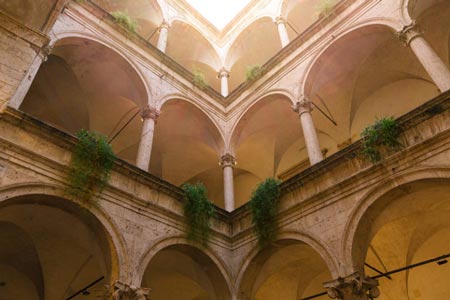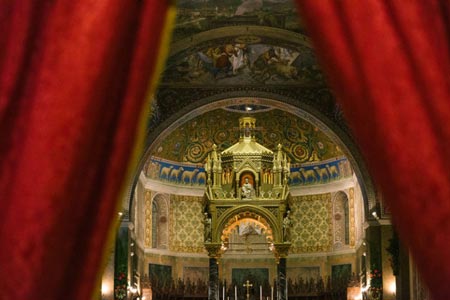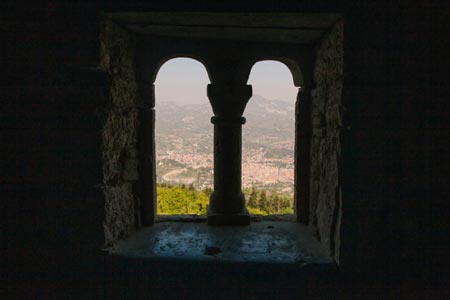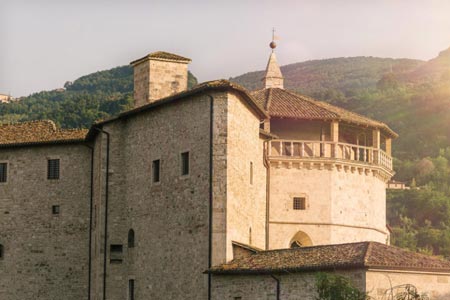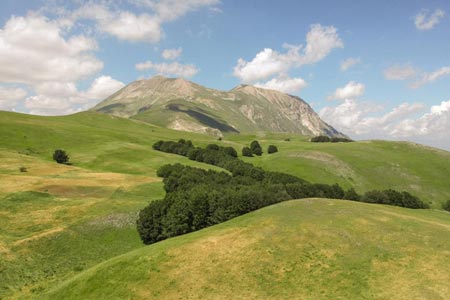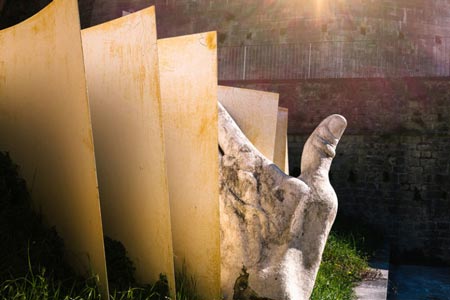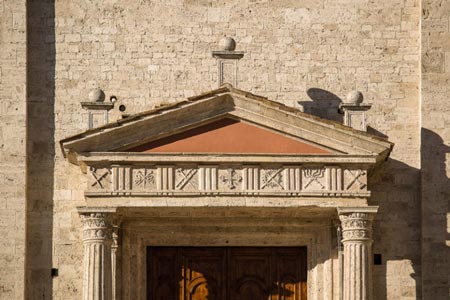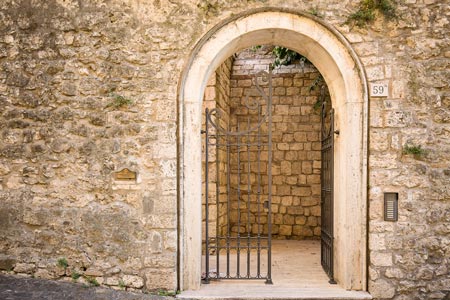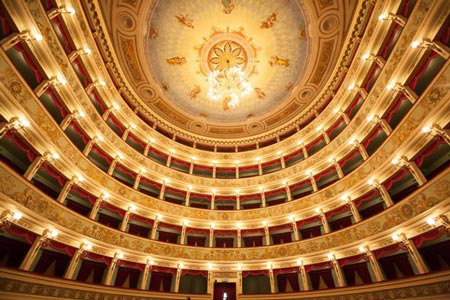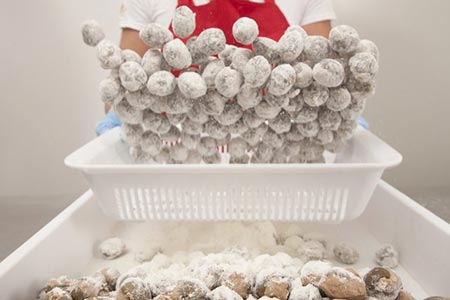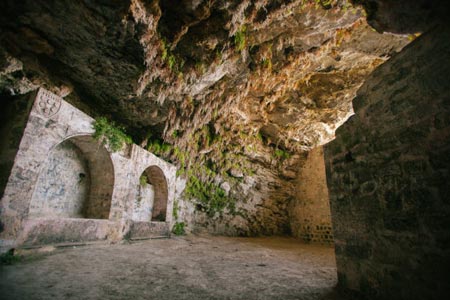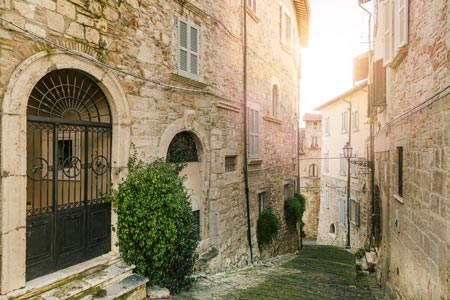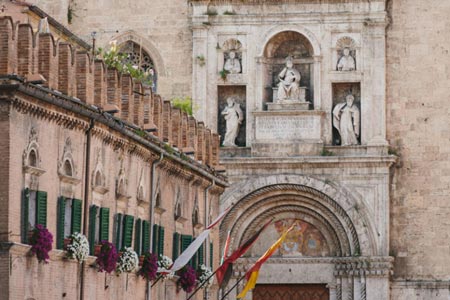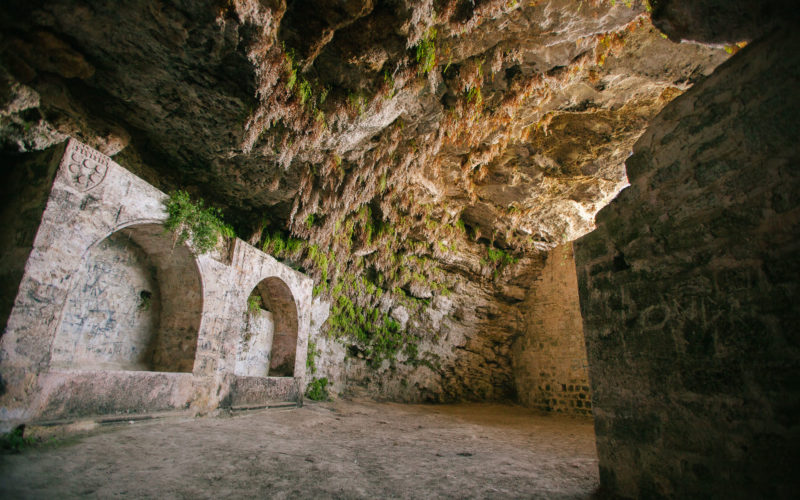Ascoli Piceno is mainly surrounded by hills. South of the city stands the massive travertine plateau of Colle San Marco, the northernmost extension of the Montagna dei Fiori, a mountain area characterized by a rich flora. This Colle (lit. “Hill”) is part of the history of Ascoli Piceno for many different reasons.
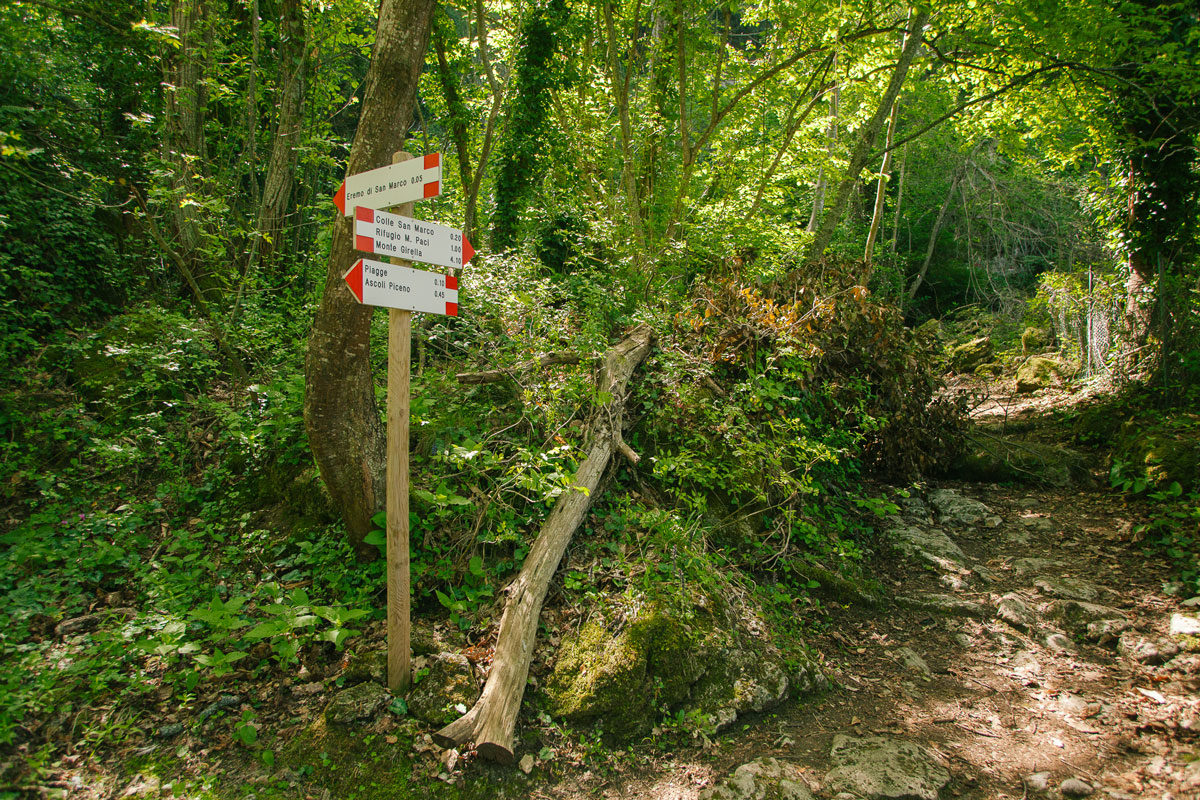
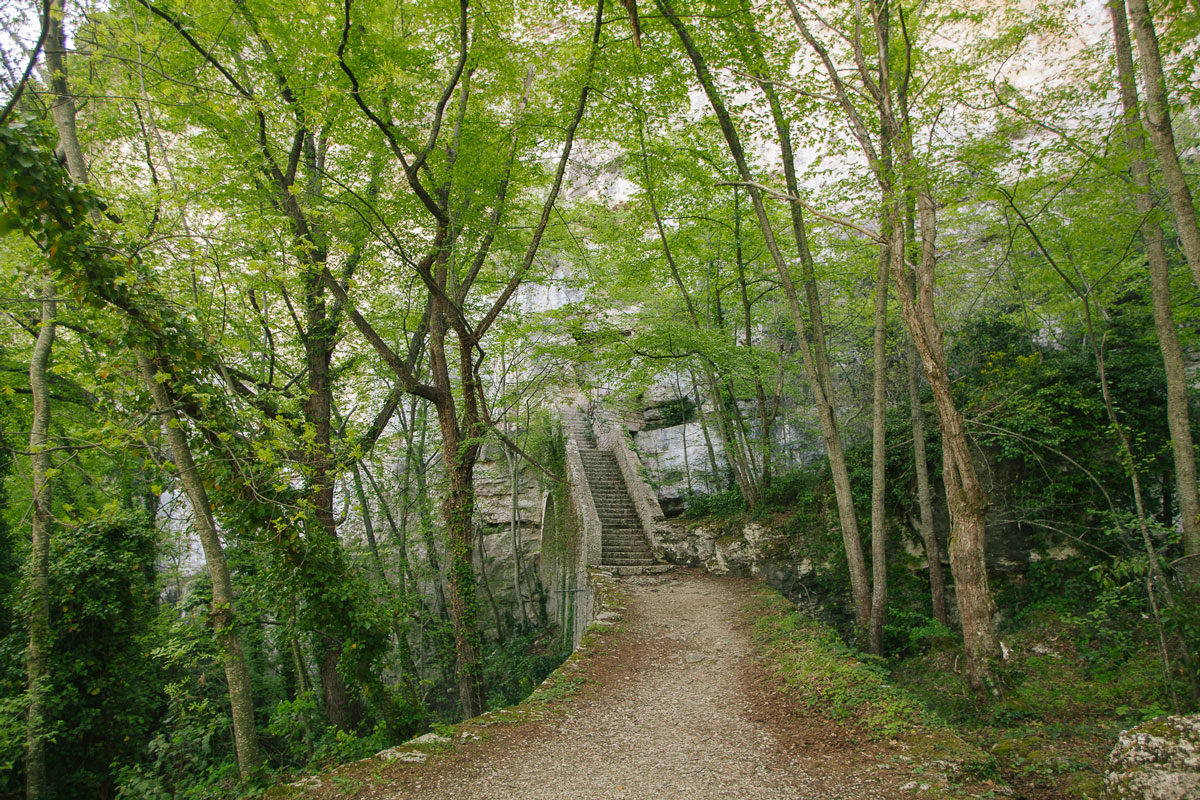
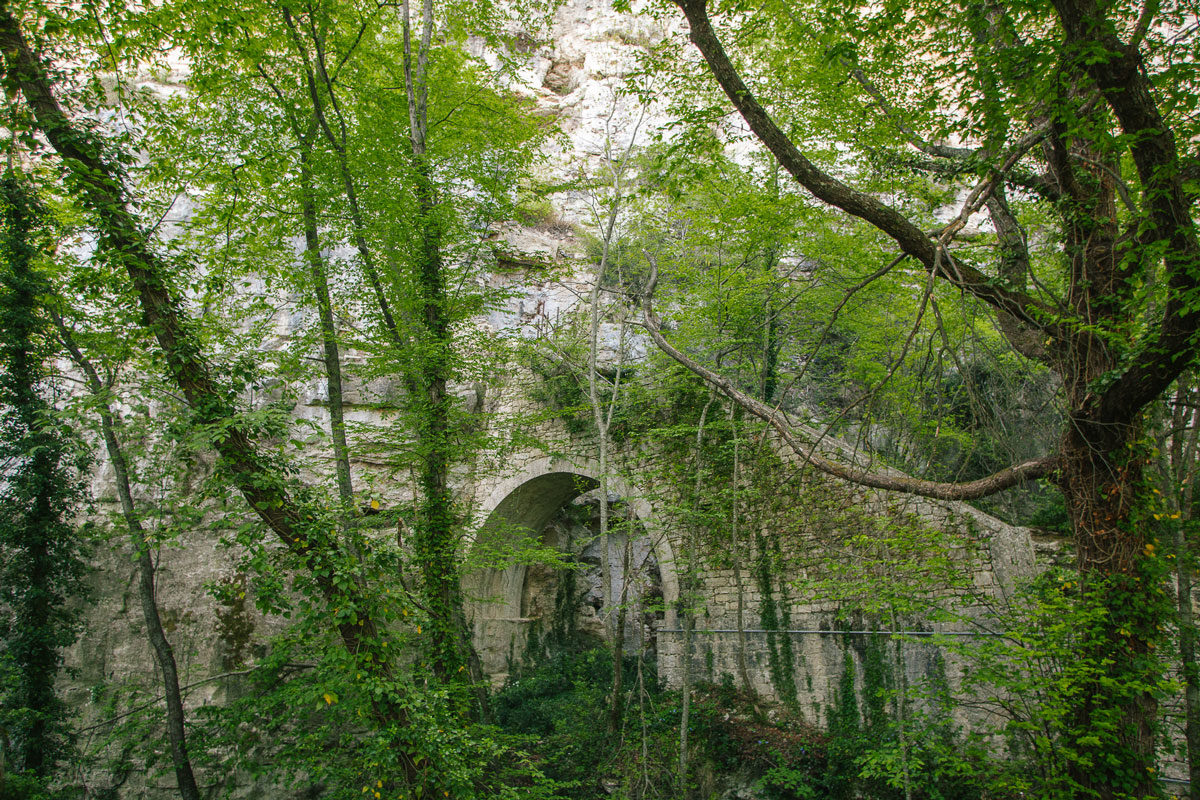
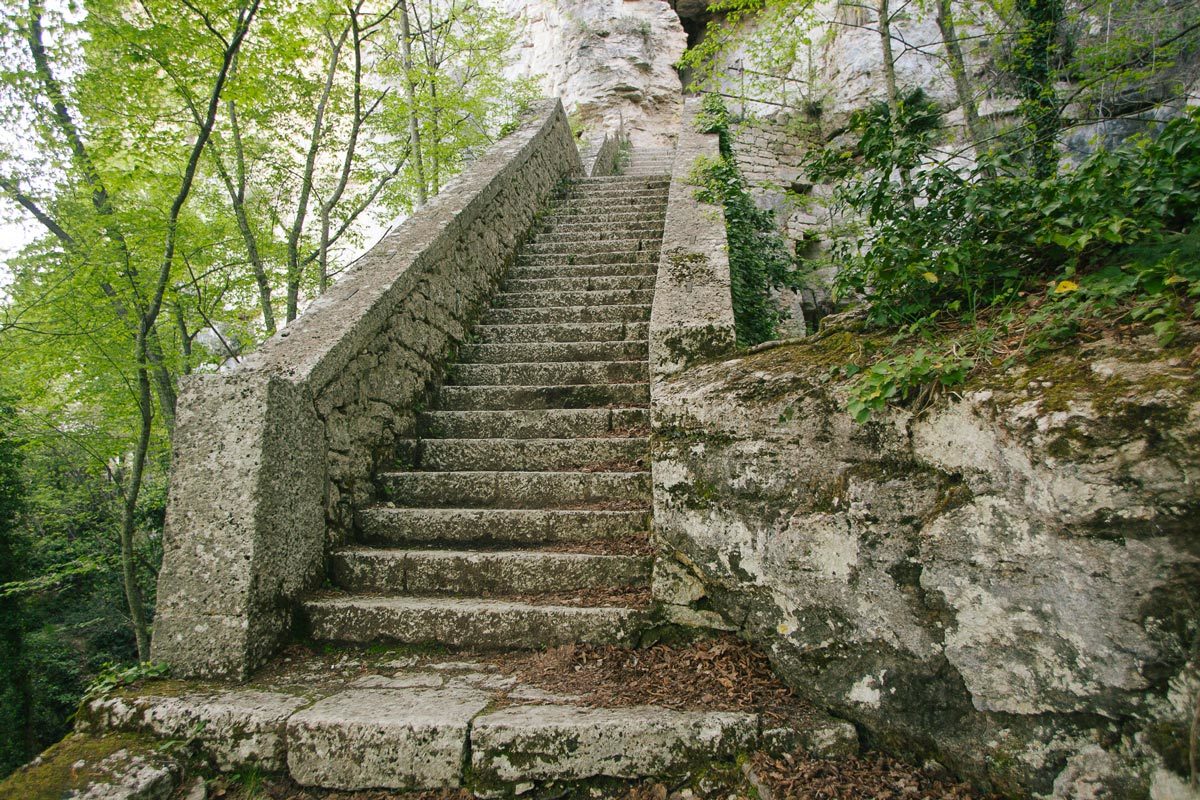
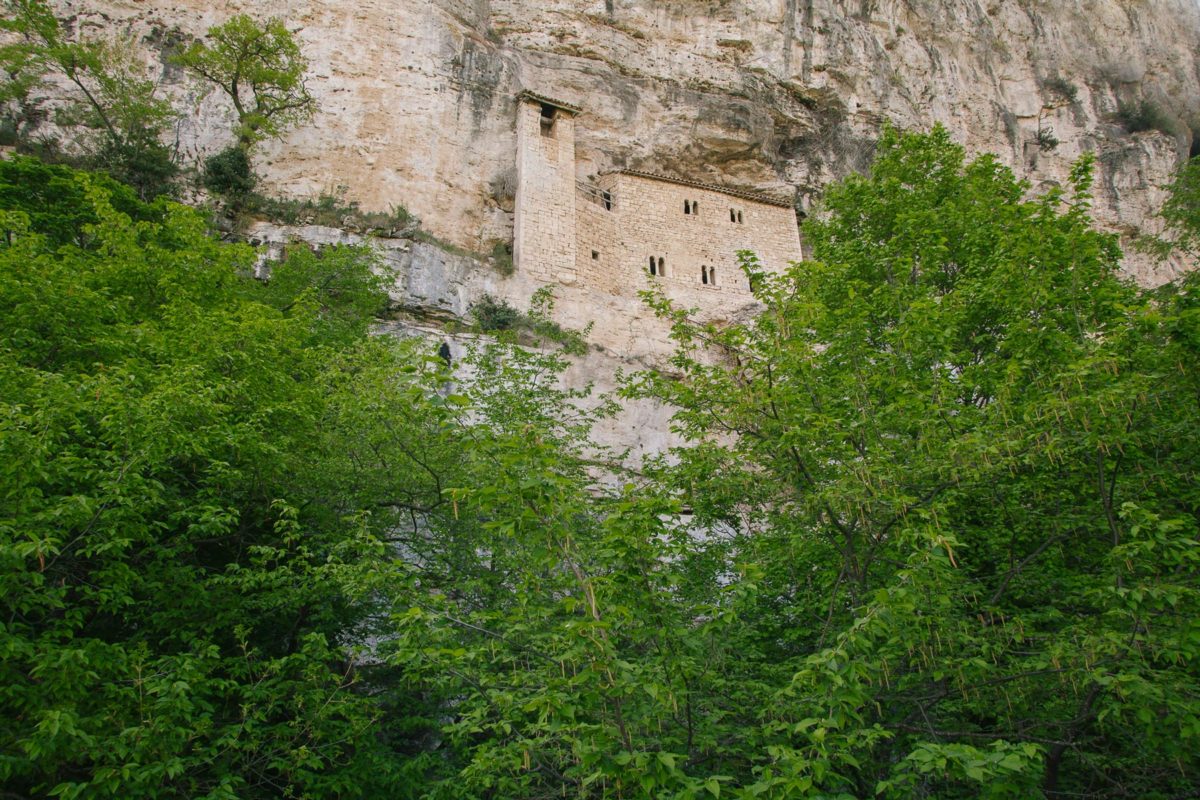
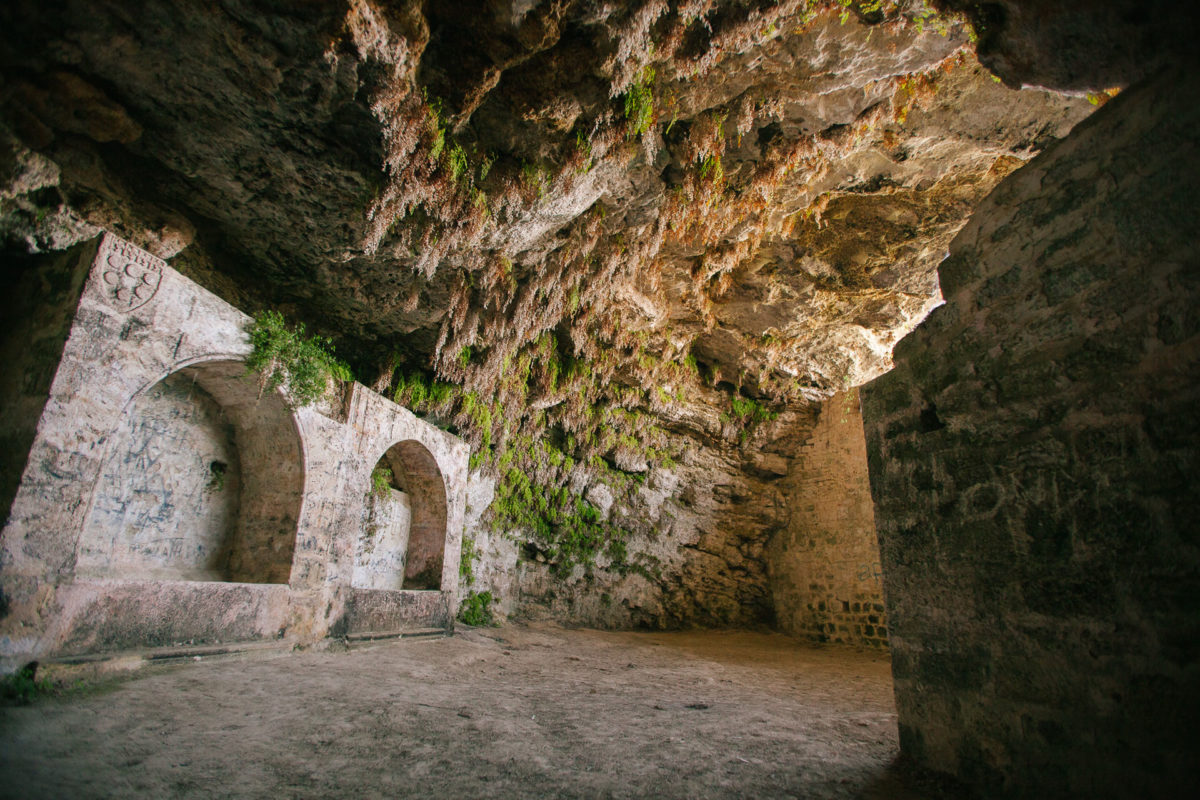
Over the centuries, the isolated location of Colle San Marco and its thick vegetation have made it the favourite destination of monks and anchorites, particularly during the Early Middle Ages. The provisions contained in the Rule of Saint Benedict certainly played a part in the history of this place, since retreats and monasteries gained a central role also in the civil society: indeed, according to the Benedictine rule, monks had to work for the sake of the whole community and not their brothers’ only.
Among the many religious buildings erected in the area over the centuries, the Monastery of St. Lawrence was certainly the main one. Today, only some of the remains and a cave can be seen where the monastery once stood. In the year 1200, this manmade cave carved into the travertine rocks became the retreat of Corrado Miliani dei Conti Saladini, an Ascoli-born Franciscan friar who was particularly popular among local people. The hermit’s chamber, nowadays referred to as “Grotta del Beato Corrado” (lit., “Blessed Conrad’s Cave”), became a popular pilgrimage destination and is definitely worth a visit.
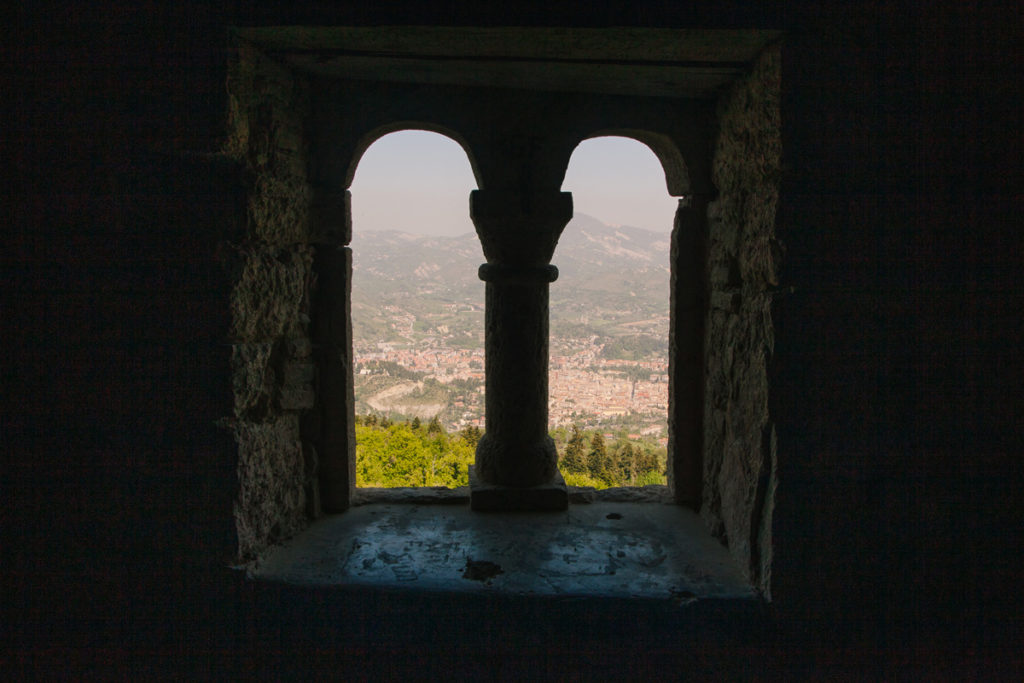
From the stunning chestnut-tree wood, the main path leads to a wide space close to the edge of the travertine cliff. Look up onto the rocky wall, on the right you’ll see the Eremo di San Marco (Hermitage of St. Mark), a natural cave at whose mouth a church-like structure with bell tower was built. The hermitage can be accessed via a stone staircase from the main hiking path. The Romanesque façade is made of ashlars and features one monofora (single-light window) and five bifore (double-arched, mullioned windows).
Originally, the hermitage was home to a convent founded by the Cistercian monks at the beginning of the 13 th century. It’s no surprise, then, that the two-floor building and the staircase have a very simple, humble design in line with the Rule of St. Benedict. In its interior, traces of the original frescoes made by the monks can still be seen on the walls and on the vault of the lower chamber. The Hermitage of St. Mark has been recently restructured and brought back to its original condition. Its evocative charm captures tourists, hikers, history buffs and nature lovers.
